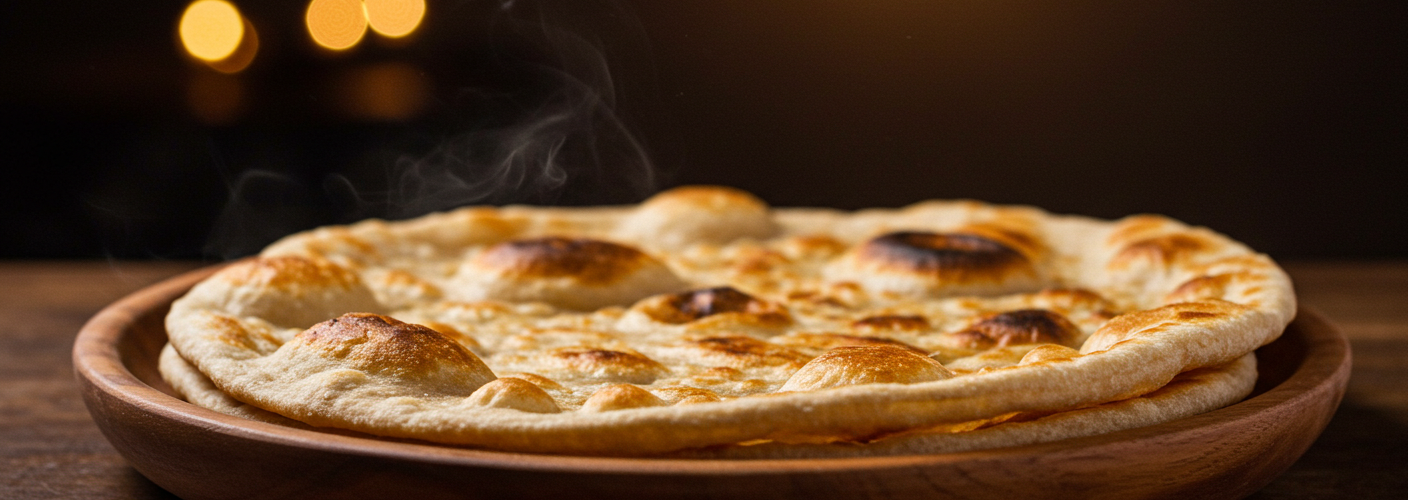In the heart of Pakistani cuisine lies a staple that has been enjoyed for centuries—roti. This traditional whole wheat flatbread is not only a fundamental part of meals across Pakistan but also a symbol of hospitality and cultural heritage. Made simply with whole wheat flour, water, and salt, roti is a versatile food that pairs beautifully with various dishes, elevating any dining experience.
The Art of Making Roti
Creating the perfect roti is an art that requires practice and patience. The process begins with kneading whole wheat flour into a soft dough, which is often left to rest, allowing the gluten to develop. This results in a pliable dough that can be rolled out into thin, round discs. The rolling technique is key—aim for even thickness to ensure uniform cooking. Many Pakistani households emphasize the traditional method of using a rolling pin, or ‘belan’, to achieve this.
Once rolled out, the roti is cooked on a hot griddle, or ‘tava’, where it puffs up beautifully as it cooks. Each side develops a perfect golden-brown crust, and if made precisely, the roti will be soft and chewy, ideal for scooping up delicious curries or lentil dishes.
Nutritional Benefits
Not only is roti a delightful accompaniment to meals, but it also offers numerous health benefits. Whole wheat flour is packed with fiber, which aids digestion and helps maintain a healthy weight. It is also a good source of essential nutrients like B vitamins, iron, and magnesium. By choosing whole wheat roti over refined alternatives, individuals can enjoy these nutritional perks while satisfying their hunger.
Versatility of Roti
One of the remarkable aspects of roti is its versatility. In Pakistani households, it is served with a variety of dishes, from spicy curries and lentil stews to yogurt and pickles. The flatbread acts as a vessel, allowing eaters to scoop up these dishes, creating an interactive and fulfilling dining experience.
Roti also adapts to different tastes and meals. For breakfast, it can be paired with eggs or served with a side of tea. At lunch or dinner, it’s often presented alongside flavorful meats or vegetable dishes, shining as a key component rather than a mere side. Additionally, leftover roti can be transformed into delicious snacks; many enjoy it filled with ingredients like spiced potatoes or cheese, creating a delectable treat.
The Cultural Significance
In Pakistan, sharing a meal that includes roti is not just about nourishment. It holds deep cultural significance, symbolizing community and friendship. Preparing and breaking bread together fosters connections, reflecting a sense of belonging. Whether it’s during family gatherings or festive celebrations, roti is often at the center of the table, bringing people together.
Conclusion
Pakistani roti stands as a testament to the country’s rich culinary traditions. Its simplicity, nutritional benefits, and cultural significance make it a beloved staple. Whether you’re enjoying it at home or in a local eatery, roti undoubtedly enhances the meal experience and offers a taste of Pakistan’s heart and soul. So, the next time you sit down to eat, remember that every bite of roti is a bite of tradition and togetherness, connecting you to a vast and vibrant culture.




Add comment